Older Adults and the Digital Divide
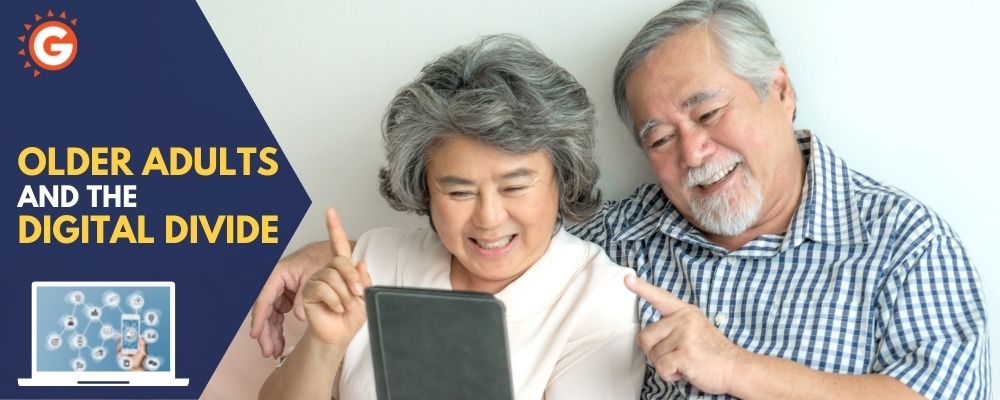
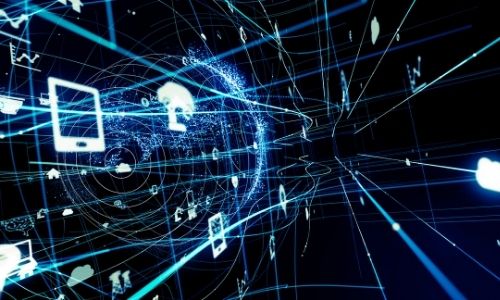
Mastering digital technology has become an important part of what it means to be fully engaged in society. Majority of us have relied on technology far more than usual especially since the commencement of the COVID-19 epidemic. For many of us technology has become our primary mode of communication: Zoom meetings FaceTime family talks and WhatsApp messaging. Food delivery via the internet have grown commonplace and online banking and health services are more crucial than ever. However not everyone has access to these instruments to help them live more comfortably at home.
Many young people have embraced digital technologies because of their convenience. However many elderly people who do not have up-to-date knowledge are at risk of being left behind.
It is no longer a luxury to bridge the digital gap because if we don’t give older individuals with technological access and training we’re effectively shutting them out of society exacerbating an already concerning trend of isolation and loneliness among the elderly.
Loneliness and social isolation are classified as “major public health hazards” by the Centers for Disease Control and Prevention. Social isolation raises the risk of early death to levels comparable to those associated with smoking obesity and inactivity. Although older adults are living longer than they were 20 years ago they are more likely to live alone and be less socially involved than earlier generations.
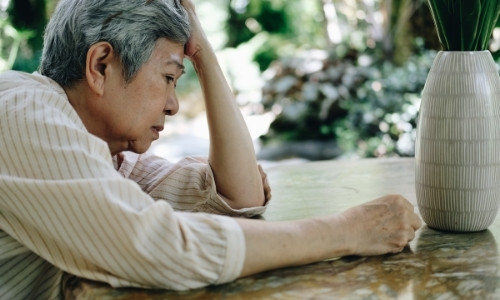
It is no longer a luxury to bridge the digital gap because if we don’t give older individuals with technological access and training we’re effectively shutting them out of society exacerbating an already concerning trend of isolation and loneliness among the elderly.
Loneliness and social isolation are classified as “major public health hazards” by the Centers for Disease Control and Prevention. Social isolation raises the risk of early death to levels comparable to those associated with smoking obesity and inactivity. Although older adults are living longer than they were 20 years ago they are more likely to live alone and be less socially involved than earlier generations.
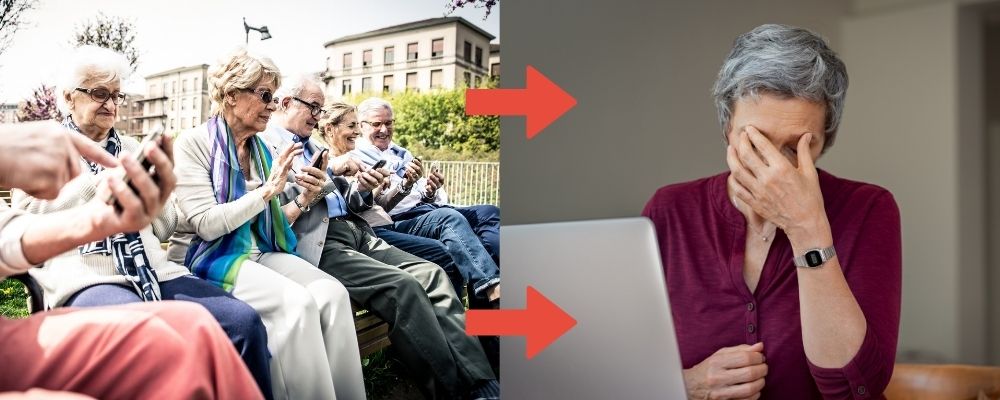
Technology has the potential to become a significant tool for alleviating loneliness among older persons empowering them to interact create and contribute online with more investment in providing accessible devices broadband and digital training. Thus it is vital that folks who have trouble using technology or getting online aren’t left behind during this time.
We promote the use of technology by seniors for communication information enjoyment and health. They’re doing it in ever-increasing numbers and it’s paying off.
Those benefits of course come at a price in addition to the costs of the digital devices themselves. The more elders use technology the more their eyes will be exercised by staring at a screen for long periods of time. Because many seniors already have poor vision squinting at devices such as laptops tablets cellphones game consoles and even smart TVs can exacerbate the problem.

Blue light from digital devices such as cellphones and computer screens can increase the risk of ocular damage in older persons. If you use digital devices for long periods of time you may notice that your vision blurs and your eyes become achy and fatigued. It’s also possible that your eyes will become dry weep or sting. This eye strain is similar to the symptoms that you could get if you spend a long period reading writing or doing “close work” like stitching.
We are unlikely to reduce our usage of cell phones and computers in the near future.
So what are our options for dealing with the resulting eye strain?
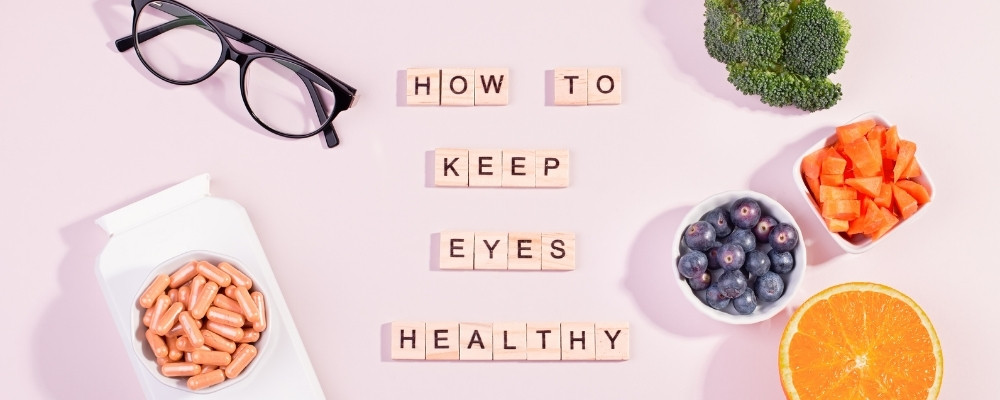
Lifestyle changes including good nutrition could help delay or prevent certain eye problems. Healthier diet and increased micronutrients intake during adulthood and later life can aid in protecting vision.
Micronutrients such as lutein zeaxanthin and omega-3 fatty acids have a growing body of scientific evidence backed by European Union (EU) health claims supporting their involvement in eye health in older populations when used as part of a long-term eye health support strategy. However lutein is a carotenoid that is only available through dietary sources and is thought to be one of the most important nutrients involved in eye health.
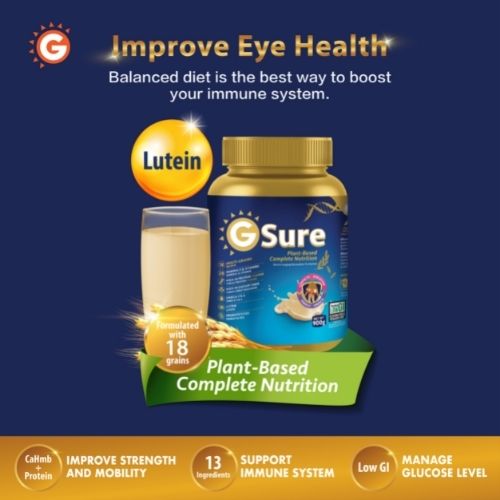
GoodMorning’s GSure makes it easier to take care of your health and would especially be beneficial among the elderly population with difficulties obtaining proper nutrition as well as among those who are looking to protect their vision. GSure is a plant-based beverage that is complete and balanced with nutrition that is gluten and cholesterol free. It is specially formulated with 18 types of premium grains and added with 28 types of essential vitamins and minerals CaHMB Omega 3 &6 and Prebiotics (FOS).
Besides being high in protein hydroxymethylbutyrate (HMB) that is needed by our bodies to repair and support building of muscle tissues GSure also contains Lutein that can help absorb harmful lights from digital devices and reduce the risks of chronic eye diseases such as cataract Age-related Macular Degeneration (AMD) and etc. In addition to that GSure is also certified with Low Glycemic Index (GI) making it suitable even for those with diabetes and worry about their blood glucose levels.
You can now take control of your health with GoodMorning’s GSure a healthy and natural option that will help improve your health! GET IT NOW!